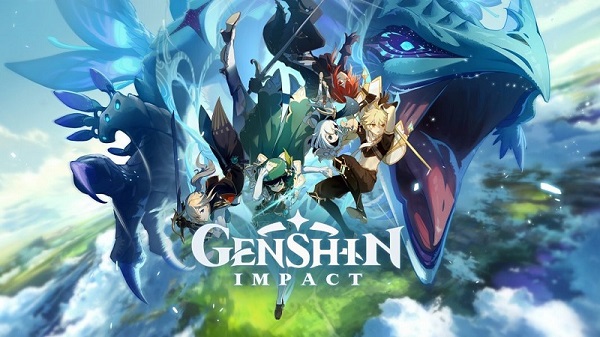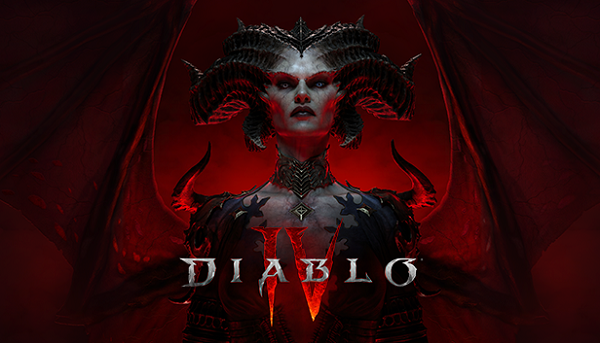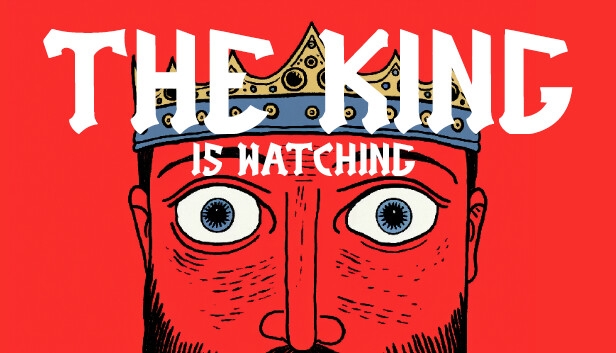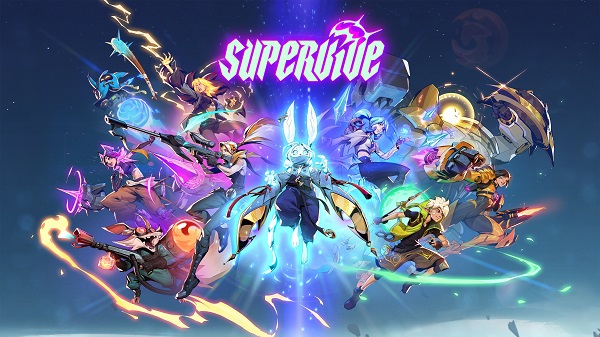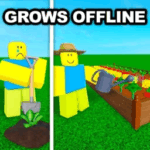Advertisement
Popular Now
SUPERVIVE, the free-to-play Battle Royale-MOBA hybrid developed by Theorycraft Games, has taken the gaming world by storm since its Early Access launch on November 20, 2024, and its full 1.0 release on July 24, 2025. With its vibrant neon-apocalyptic aesthetic, fast-paced gameplay, and a roster of 19 unique hunters, the game blends the strategic depth of MOBAs with the chaotic intensity of Battle Royale. However, one of the most critical and contentious aspects of SUPERVIVE’s development is balancing its diverse hunter roster. Balancing a game with varied playstyles, abilities, and team compositions is a monumental task, and Theorycraft has faced both praise and criticism for their efforts. This article dives deeply into the specific issue of hunter balance in SUPERVIVE, exploring its evolution, challenges, and the interplay between player feedback and developer vision over time.
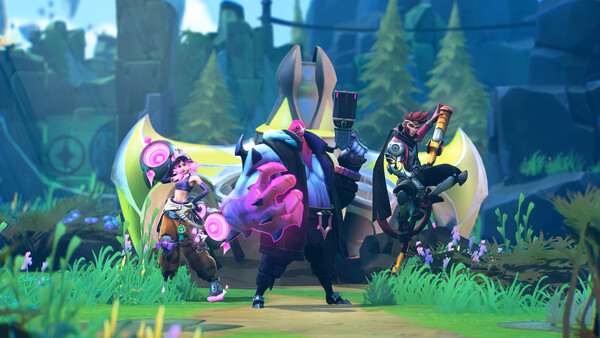
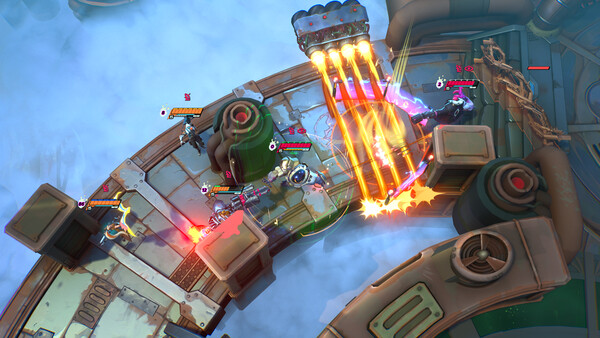
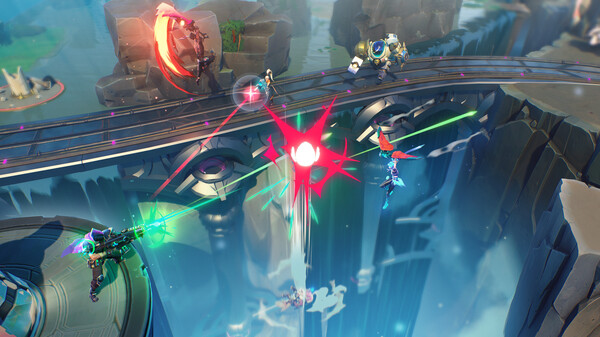
The Genesis of SUPERVIVE’s Balancing Philosophy

Crafting a Diverse Roster
When SUPERVIVE entered Early Access, Theorycraft introduced 16 hunters, each equipped with a unique passive, four active abilities, and a basic attack. The design philosophy was clear: create a varied pool of characters that allowed players to express individuality while fostering team synergy. Hunters like Jin, a melee brawler with high burst damage, contrasted sharply with Echo, a support-focused hunter with crowd-control abilities. This diversity was both a strength and a challenge, as players began uncovering optimal strategies that exposed balance issues.Early Imbalances and Community Response
In the initial weeks, the community quickly identified disparities. For example, Slayer, a sniper-style hunter, dominated matches due to her long-range poke and a high-damage ultimate that could wipe squads with little counterplay. Posts on X and Steam forums voiced frustration over her low-risk, high-reward playstyle. Theorycraft responded by collecting data from millions of matches, acknowledging that balancing a game with both Battle Royale and MOBA elements required a nuanced approach, considering both 1v1 duels and team fights.Open Beta: A Testing Ground for Balance
The Emergence of the Meta
By the Open Beta phase in early 2025, SUPERVIVE had attracted over 1 million players, and a meta began to take shape. Hunters like Vox, with his ability to chain crowd-control effects, became staples in high-level play. The meta favored compositions with strong initiation and sustain, sidelining hunters like Kassia, whose utility-based kit struggled in fast-paced team fights. Theorycraft released patch 0.3.1, nerfing Vox’s crowd-control duration by 15% and buffing Kassia’s healing output, but these changes sparked debates about whether the developers were reacting too hastily to community pressure.Data-Driven Tweaks
Theorycraft’s balancing process leaned heavily on telemetry data, tracking metrics like win rates, pick rates, and damage output across skill levels. For instance, data revealed that Haze, a stealth-based hunter, had a 60% win rate in high-skill lobbies but only 45% in lower tiers. This gap prompted a rework of Haze’s stealth duration and cooldowns to reduce her dominance in skilled hands while preserving accessibility for newcomers. The community praised the transparency of Theorycraft’s patch notes, but some players felt the adjustments were too cautious.The Armory System’s Impact on Balance
Introducing Build Flexibility
The Armory system, introduced in patch 0.4.0, was a game-changer. Players could now customize hunters with items purchased using Prisma, earned through objectives or eliminations. This system aimed to add depth to hero builds, but it also complicated balancing. For example, Jin paired with crit-focused Armory items could one-shot squishier hunters, leading to complaints about his burst potential. Theorycraft responded by capping crit damage multipliers for melee hunters, a move that sparked heated discussions on X about preserving playstyle diversity.The Pitfalls of Over-Customization
The Armory system also introduced unintended synergies. A popular build for Echo combined healing amplifiers with cooldown reduction items, enabling near-constant uptime on her supportive abilities. This made certain team compositions nearly unkillable, frustrating opponents. Theorycraft patched this by introducing diminishing returns on healing stacks, but some players argued this nerf hurt Echo’s viability in non-healing roles. The Armory’s flexibility highlighted the challenge of balancing item interactions alongside hunter abilities.Patch 0.5.0: The Great Rework Experiment
Overhauling Problematic Hunters
By mid-2025, Theorycraft took a bold step with patch 0.5.0, reworking three hunters—Slayer, Haze, and Kassia—to address persistent balance issues. Slayer’s ultimate was redesigned to require more precise aim, reducing her dominance in open areas. Haze’s stealth was reworked to include a brief reveal window when taking damage, offering counterplay. Kassia received a new mobility ability, making her less vulnerable in aggressive metas. These changes were largely well-received, with Steam reviews noting improved match diversity.Community Pushback and Iteration
Despite the positive reception, some players felt the reworks homogenized the hunters. On X, a vocal group argued that Slayer’s new ultimate diluted her sniper identity. Theorycraft responded with hotfixes, tweaking numbers to restore some of her long-range threat while maintaining the new counterplay mechanics. This iterative approach showcased their commitment to feedback, but it also highlighted the difficulty of pleasing a diverse player base.The 1.0 Release: A Balancing Milestone

New Hunters, New Challenges
The full release on July 24, 2025, introduced three new hunters: Ryn, Talia, and Zorak. Each brought fresh mechanics, like Ryn’s terrain-altering abilities and Talia’s summon-based playstyle. While these additions enriched the roster, they reignited balance concerns. Ryn’s ability to block chokepoints with temporary walls gave his teams a significant advantage in late-game circles, leading to a 58% win rate in early 1.0 matches. Theorycraft issued a hotfix reducing the wall’s duration, but some players felt this was a reactive nerf rather than a thoughtful solution.Refining the Armory
The 1.0 update also overhauled the Armory, adding new items and rebalancing existing ones. For example, Prisma costs for high-impact items like Overcharge Core were increased to prevent early-game snowballing. This change aimed to reward strategic resource management but frustrated players who relied on aggressive early builds. Theorycraft’s patch notes emphasized their goal of making the Armory a tool for skillful expression rather than a crutch for overpowered builds, setting the stage for future balance patches.The Role of Player Skill in Balance Perception
Skill Ceilings and Accessibility
SUPERVIVE’s balance is heavily influenced by player skill. Hunters like Vox and Haze have high skill ceilings, rewarding precise execution, while others like Jin are more forgiving for beginners. This disparity creates a perception of imbalance, as high-skill players can exploit certain hunters’ kits to dominate. Theorycraft addressed this by adjusting scaling—reducing the maximum output of high-skill abilities while buffing baseline stats for accessible hunters. For instance, Jin’s base damage was increased by 10%, while Vox’s combo potential was slightly nerfed.The Learning Curve Challenge
The steep learning curve for some hunters has fueled balance debates. New players often struggle against Talia’s summon-based mechanics, which require specific counter-strategies. Theorycraft introduced in-game tooltips and a practice mode in 1.0 to help players learn matchups, but feedback on X suggests more robust tutorials are needed. Balancing accessibility with depth remains a key challenge as SUPERVIVE aims to appeal to both casual and competitive players.Competitive Play and Balance Priorities
The Rise of SUPERVIVE Esports
With roots in games like League of Legends and Valorant, SUPERVIVE has clear esports potential. The 4v4 Arena mode, introduced in Open Beta, became a testing ground for competitive balance. Teams gravitated toward compositions with Echo and Ryn for their utility, prompting Theorycraft to adjust their cooldowns to prevent stalling strategies. The competitive scene praised these changes, but casual players felt they reduced the hunters’ fun factor in Battle Royale modes.Balancing for Casual vs. Competitive
This split in priorities—casual fun versus competitive integrity—has been a recurring theme. For instance, Zorak’s high-damage kit was a hit with casual players but considered oppressive in coordinated team play. Theorycraft introduced a patch that scaled Zorak’s damage lower in 4v4 Arena while keeping it intact in Battle Royale. This mode-specific balancing was innovative but added complexity to the patch process, as players had to adapt to different rulesets.Community-Driven Balancing: A Double-Edged Sword











